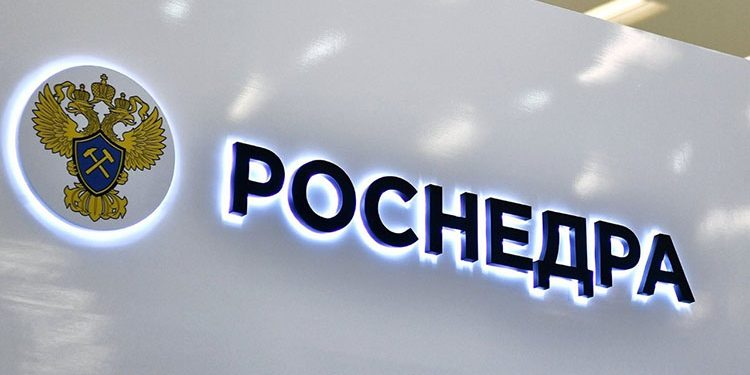Rosnedra Began a Systematic Study of the Russian Shelf For the First Time in the Last 30 Years
For the first time in the last 30 years, the Federal Agency for Subsoil Use (Rosnedra) has begun a systematic study of the Russian shelf, said the head of the agency, Evgeny Petrov, during a meeting with Prime Minister Mikhail Mishustin.
Petrov noted that over the past two years, Rosnedra has created serious potential in the regulatory, legal and technical spheres of domestic geological exploration, which makes it possible to engage in strategic planning of the country’s mineral resource base and guarantees the technological and raw material sovereignty of the Russian Federation.
To date, Rosnedra operates in 190 areas throughout the country – from Kaliningrad to the Far East. All types of work are carried out: from deep drilling for oil and gas, to the use of light airborne geophysical exploration methods on drones for solid minerals, Petrov said.
“I would especially like to note the unique project that we completed in 2023. For the first time in the last 30 years, we systematically approached the study of the shelf, began work on the shelf, drilled four wells. These are truly significant geological results. This is the last white spot on the geological map of Russia, “, which existed. The fundamental geological problem regarding the oil and gas potential of these basins has been solved. And most importantly, we have obtained a unique record of paleoclimate: how the climate has changed over the past few thousand years, say, in the Arctic Ocean. These are very significant results from a scientific point of view,” said Petrov.
He also said that in 2023, at the expense of the federal budget, hydrocarbon resources will be added to the state balance – 1,400 million tons of oil and 1.6 trillion cubic meters. m of gas. “These are significant results, an increase of 20% compared to the previous year,” added the head of the department.
“Despite all the skepticism that exists in the foreign press that our mining and exploration sectors are stagnating, I can say that the sector is developing very steadily, there is no reduction in funding, primarily from subsoil user companies,” he emphasized.
For solid minerals (SMR), 168 deposits were discovered in 2023. “Most of it is a noble group of metals, gold – 142 deposits, which allow about 140 tons of gold to be put into production in the near future. TPI companies began to drill more: more than 70% more drilling compared to 2022. And by 102% “More mining and geological work has been done. This suggests that in the next year or two companies will come with a very high-quality resource base, with development projects to put on their balance sheets. And in the short term we will see this effect in state revenues,” believes Petrov.
Commenting on the results of work within the framework of the federal project “Geology: Revival of a Legend,” he noted that initially a full technical and economic assessment of field development is carried out, including economics and technology. This will make it possible to put objects of fundamentally different quality up for auction for subsoil users.
“And given how demand is changing today, as well as the huge demand, first of all, for a liquid, scarce group of minerals, we expect that the effect of these 22 areas will be quite large-scale: budget efficiency will be more than 900 billion. These are all possible incomes from field development,” he said.
“In particular, a new gas cluster is being formed in Yakutia, which will work both for the economy of the republic and for the Power of Siberia pipeline. And in terms of solid minerals, the liquid group of minerals has come forward – about 60 tons of gold are expected to be put on the balance sheet “- added Petrov.
He recalled that Rosnedra is responsible for storing all geological information in the country. “Today we quickly operate 7 petabytes of geological information, and 15 petabytes of information are stored on the servers of subsoil users. This hybrid format is used to provide prompt access to all information. We have two geographic information systems. The key one is the automated subsoil use licensing system (ASLN). This is our key core for managing the entire subsoil fund. In 2022, we completely switched to a registry model of an electronic license, and at the end of 2023 it can be stated that this was a very successful experience, because on the basis of ASLN we combined all powers – both federal and constituent entities – in terms of licensing common minerals and groundwater with production of less than 500 cubic meters. Today we already operate 90 thousand licenses in this system,” Petrov said.
Mishustin noted that it is necessary to further increase the volume of geological exploration. “Without a doubt, we really need to expand the possibilities of extracting new minerals and carry out deep processing of our mineral resources, mineral base, and try to make maximum use of Russian developments. And research and development work for this is underway. You know about a number of new products that are Russian scientific research institutes and organizations offer, and their use, of course, is a very important factor for the same technological and raw material sovereignty that we talked about,” the Prime Minister said.











